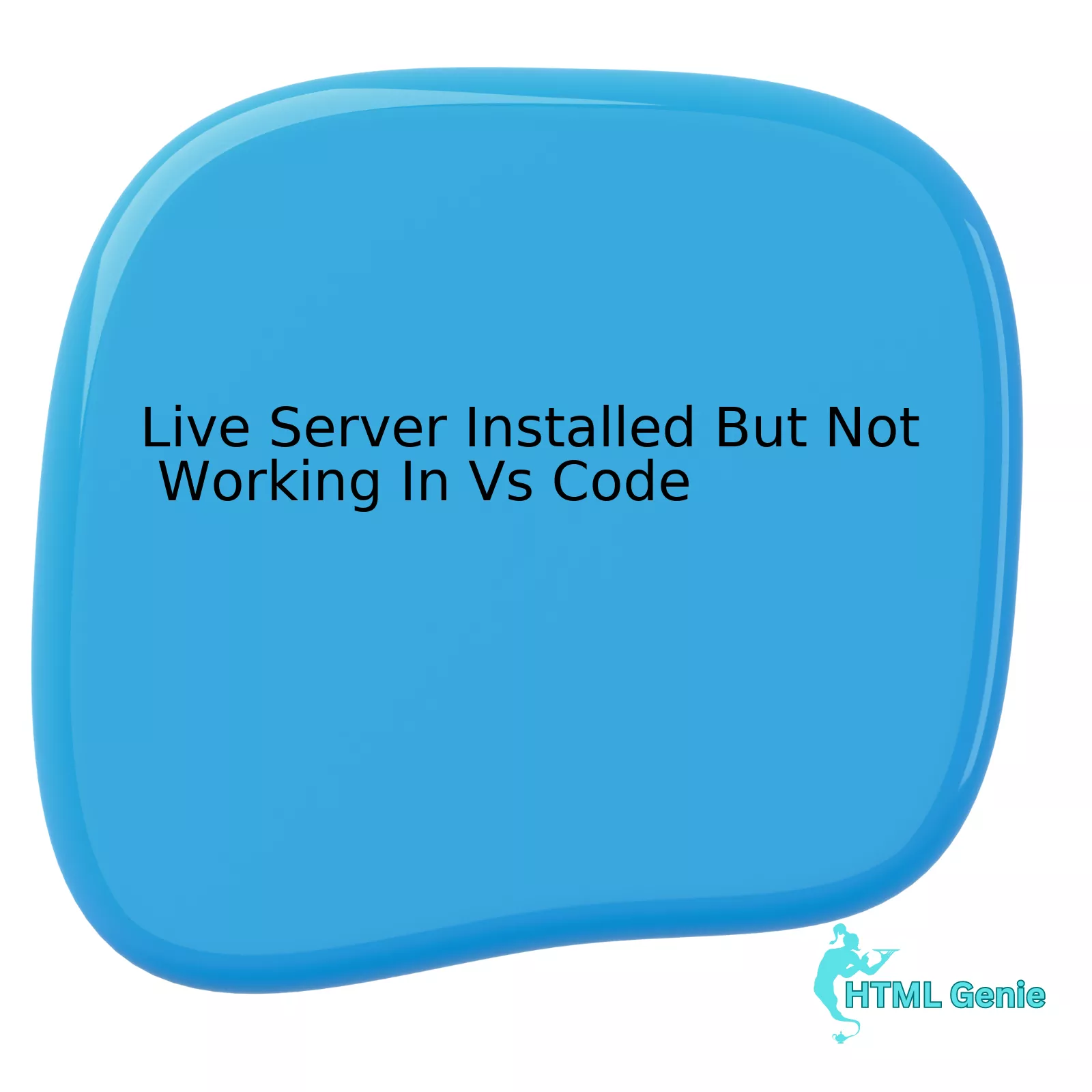Introduction to Modern CSS Architecture
The landscape of Frontend Development has undergone a seismic shift in recent years. For a long time, the separation between HTML Structure and CSS Styling was rigid, with stylesheets acting as static documents that simply painted over the DOM elements. However, with the widespread adoption of CSS Variables (officially known as CSS Custom Properties), the browser’s styling engine has become a dynamic, reactive environment. This evolution is not merely a syntactic sugar; it represents a fundamental change in how we approach Web Design and Page Layout.
In the past, developers relied heavily on CSS Preprocessors like SASS and LESS to introduce logic, variables, and mixins into their workflow. While these tools remain valuable, they suffer from a significant limitation: they compile down to static CSS before the browser ever sees them. CSS Variables, on the other hand, live within the DOM. They adhere to the cascade, respond to media queries instantly, and can be manipulated via JavaScript at runtime. This article provides a comprehensive CSS Tutorial on leveraging custom properties to build robust, scalable, and accessible web interfaces, moving beyond basic HTML CSS Tutorial concepts into professional-grade architecture.
Section 1: The Fundamentals of CSS Custom Properties
To truly master Modern CSS, one must understand the core mechanics of custom properties. Unlike standard CSS Properties like `color` or `font-size`, custom properties are defined by the author and contain specific values that can be reused throughout a document. This adheres to the DRY (Don’t Repeat Yourself) principle, a cornerstone of Web Development best practices.
Syntax and Declaration
A CSS variable is declared using a double hyphen prefix (`–`) and accessed using the `var()` function. While they can be declared on any of the HTML Elements, it is industry standard to define global variables within the `:root` pseudo-class. This ensures they are globally accessible throughout the HTML Templates.
:root {
--primary-color: #3498db;
--secondary-color: #2c3e50;
--spacing-unit: 16px;
--font-stack: 'Helvetica Neue', sans-serif;
}
body {
font-family: var(--font-stack);
color: var(--secondary-color);
}
.btn-primary {
background-color: var(--primary-color);
padding: var(--spacing-unit);
}
The Power of the Cascade and Scope
The “C” in CSS stands for Cascading, and this is where native variables outshine preprocessor variables. CSS variables inherit values. If you redefine a variable inside a specific selector, that value cascades down to all children of that element. This is crucial for Component-Based Design.
Consider a scenario involving HTML Semantic tags. You might have a global `–text-color` defined in the root. However, inside a specific `
Fallback Values
Robust Frontend Web development requires defensive coding. The `var()` function accepts a second argument as a fallback value. This is useful when a variable might not be defined or if you are loading styles asynchronously.
color: var(--brand-color, blue);
If `–brand-color` is not defined, the browser renders blue. This feature is particularly useful when building CSS Frameworks or design systems where consumers of the system might not define every single token.
Section 2: Advanced Techniques and Real-World Scenarios

Moving beyond basic substitution, CSS variables unlock advanced capabilities in UI Design and UX Design. They bridge the gap between static layouts and interactive applications.
Dynamic Theming and Dark Mode
The most popular use case for CSS variables is theming. Implementing a “Dark Mode” used to require loading entirely different stylesheets or adding complex body classes that overrode every single selector. With custom properties, this becomes trivial.
By defining your color palette as variables, you only need to change the values of those variables based on a parent class or a media query. This is a massive improvement for Web Standards and performance.
:root {
--bg-color: #ffffff;
--text-color: #333333;
}
[data-theme="dark"] {
--bg-color: #121212;
--text-color: #e0e0e0;
}
body {
background-color: var(--bg-color);
color: var(--text-color);
transition: background-color 0.3s ease;
}
When a user toggles a switch, JavaScript simply updates the `data-theme` attribute on the “ tag. The browser instantly repaints the page with the new values. This technique is essential for modern Landing Pages and complex web applications.
Responsive Layouts without Media Query Bloat
In traditional Responsive Design, developers often find themselves rewriting CSS Grid or CSS Flexbox properties inside multiple `@media` blocks. CSS variables allow you to change the *value* rather than the property.
Imagine a Grid Layout where the number of columns changes based on the viewport. Instead of redefining `grid-template-columns` repeatedly, you can define a variable for the column count.
:root {
--grid-cols: 1;
}
@media (min-width: 768px) {
:root {
--grid-cols: 2;
}
}
@media (min-width: 1024px) {
:root {
--grid-cols: 4;
}
}
.gallery {
display: grid;
grid-template-columns: repeat(var(--grid-cols), 1fr);
gap: 20px;
}
This approach aligns perfectly with Mobile-First Design principles, keeping the codebase clean and maintainable. It reduces the cognitive load when debugging Page Layout issues.
Interaction with JavaScript
CSS Variables serve as a bridge between CSS and JavaScript. You can read and write these variables dynamically. This is powerful for CSS Animations and interactive effects.
For example, to create a spotlight effect that follows the mouse cursor, you can track the mouse coordinates in JS and update `–mouse-x` and `–mouse-y` variables on the container. The CSS can then use these values inside a `radial-gradient` background. This level of interactivity was previously only possible with heavy HTML5 Canvas manipulations or expensive DOM updates.
// JavaScript
document.addEventListener('mousemove', (e) => {
document.documentElement.style.setProperty('--mouse-x', e.clientX + 'px');
document.documentElement.style.setProperty('--mouse-y', e.clientY + 'px');
});
Section 3: Architectural Implications and Comparisons
Adopting CSS variables changes how we architect web projects. It influences everything from HTML Forms styling to how we configure CSS Preprocessors.
CSS Variables vs. Preprocessors (SASS/LESS)

A common question in HTML Tutorial discussions is: “Do I still need SASS if I have CSS Variables?” The answer is yes, but the role of SASS has changed. SASS variables (`$var`) are static and used for compilation-time logic (like loops or generating classes). CSS variables (`–var`) are for runtime dynamic styling.
A hybrid approach is often best. Use SASS for generating utility classes and managing CSS Media Queries breakpoints, but use CSS variables for colors, fonts, and spacing. This combines the power of build-time optimization with runtime flexibility. This is a pattern seen in modern frameworks like Tailwind CSS and Bootstrap 5.
Design Systems and Styled Components
For developers using CSS-in-JS libraries like Styled Components or Emotion within React or Vue, CSS variables provide a way to bypass the heavy prop-drilling often required for theming. Instead of passing a theme object down through the component tree, you can inject global styles that define CSS variables. Your styled components then simply reference `var(–primary)`, making the components more portable and less dependent on specific JavaScript context providers.
Accessibility (a11y) and User Preferences
Web Accessibility is a critical aspect of W3C Standards. CSS variables facilitate better accessibility features. For instance, you can easily implement a “High Contrast” mode or adjustable font sizes for users with visual impairments.
By using relative units (like `rem` and `em`) combined with variables for base scaling, you can create a multiplier variable. If a user prefers larger text, you simply increase the `–scale-factor` variable, and all dimensions—padding, margins, font sizes—adjust proportionally. This ensures that HTML Tables, HTML Forms, and navigation elements maintain their structural integrity while accommodating user needs. This is a significant step forward from rigid pixel-based layouts.
Section 4: Best Practices, Pros, and Cons
While CSS variables are powerful, they require discipline to use effectively. Mismanagement can lead to “spaghetti code” where it is impossible to track where a variable is defined or overridden.

Best Practices for Variable Management
- Semantic Naming: Avoid naming variables based on their value (e.g., `–red`). Instead, name them based on their function (e.g., `–error-color` or `–primary-action`). This allows you to change the color from red to orange without renaming the variable across the entire project.
- Layered Architecture: Create a “Primitive” layer (defining raw hex codes) and a “Semantic” layer (mapping primitives to usage).
:root { /* Primitives */ --color-blue-500: #3b82f6; /* Semantic */ --btn-bg: var(--color-blue-500); } - Scope Wisely: Keep global variables in `:root`. Only define local variables inside specific HTML Elements or components when that variable is strictly internal to that component.
Pros and Cons
Pros:
- Runtime Updates: Changes happen instantly without page reloads or CSS recompilation.
- DOM Awareness: Variables respect the DOM structure and cascade, unlike SASS variables.
- Reduced File Size: You don’t need to generate separate CSS files for different themes.
- Integration: Works seamlessly with PostCSS, Material Design implementations, and standard HTML5 Features.
Cons:
- Legacy Browser Support: Internet Explorer 11 does not support CSS variables. If you must support IE11, you need a polyfill or a fallback strategy using PostCSS.
- Performance: While generally fast, changing a variable on the `:root` element forces a style recalculation for the entire page. For high-frequency animations (like 60fps game loops), changing styles directly on the element might be more performant than updating a global variable.
- Complexity: Over-engineering a variable system can make the CSS harder to read for beginners who are just learning HTML Tips and CSS Tips.
Conclusion
CSS Variables have fundamentally matured the way we approach Frontend Development. They have transformed CSS from a static description language into a dynamic, reactive styling engine. By mastering custom properties, developers can create more resilient Web Layouts, implement complex UI Design systems with ease, and ensure better Web Accessibility.
Whether you are building simple HTML Email templates, complex Landing Pages, or enterprise-scale applications using Foundation or React, the ability to abstract values into semantic variables is a superpower. It allows for cleaner code, easier maintenance, and a better user experience. As Modern HTML and CSS continue to evolve, the separation between logic and presentation blurs, placing more power directly into the hands of the browser’s rendering engine.
To stay ahead in the competitive field of web design, embracing these standards is not optional—it is essential. Start refactoring your stylesheets today, move away from hard-coded values, and embrace the flexibility of CSS Custom Properties.




